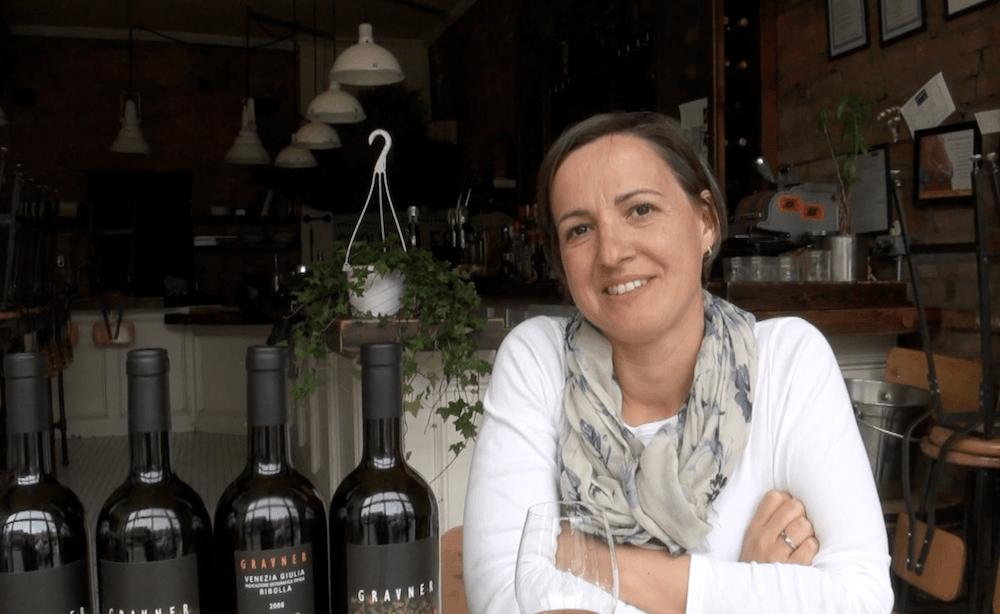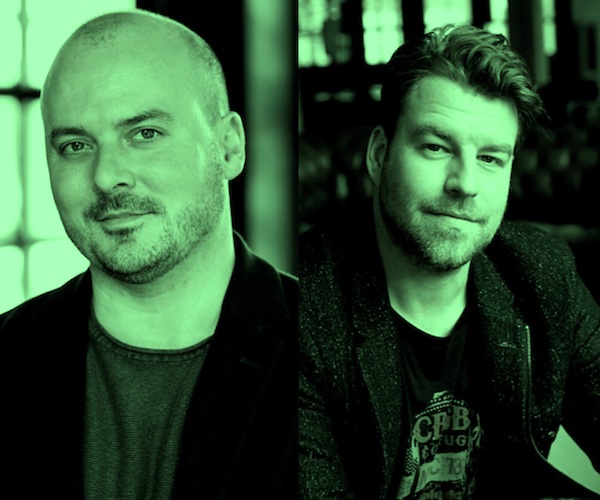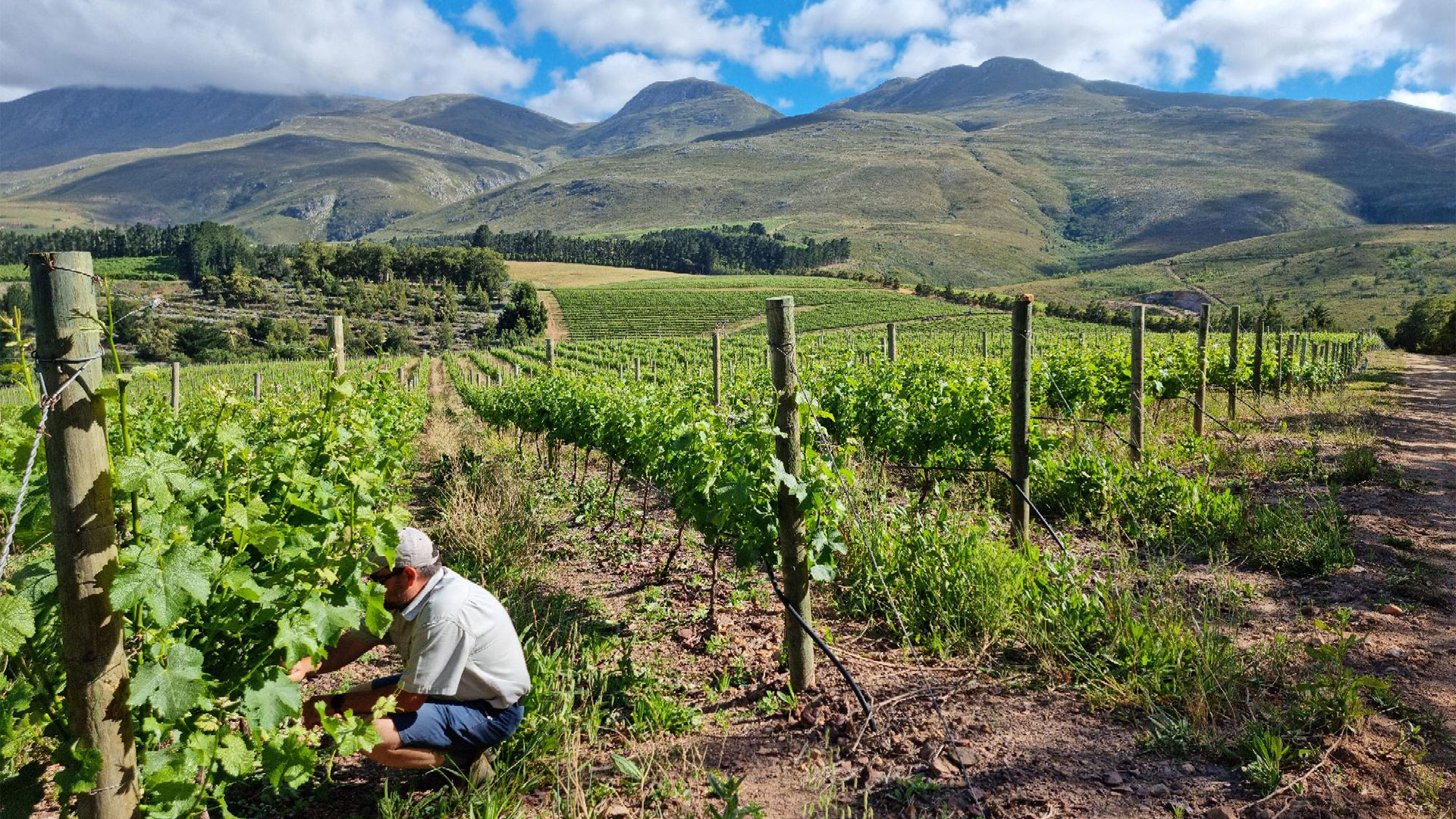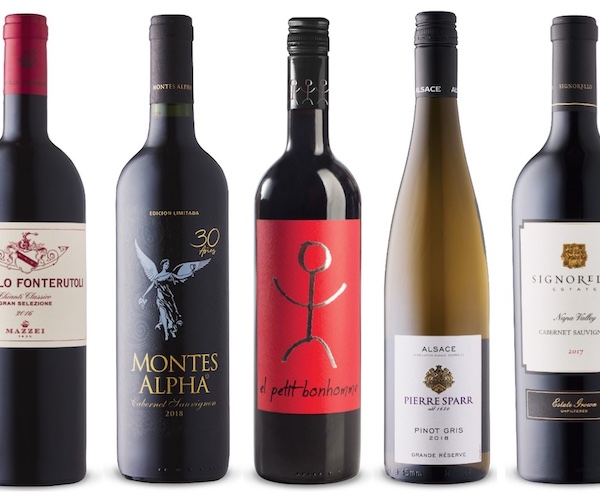Challop (noun) – plural : challops
Pronounced “chah-lop’
1: A portmanteau term for a challenging opinion.
2: An irregularly published column on website Good Food Revolution.
This article is, in part, a confession. I am, or was, guilty of the very same behaviour I’m picking a bone with here. Months ago, on a trip to Montreal (where half the point of going is to browse the infinitely superior SAQ wine selection), I saw a magnum of Loire Cabernet Franc, one of my favourite things on Earth. It was from an excellent producer, and at a good price to boot. But I never took it home because it was from the 2021 vintage, generally considered poor in the Loire. Every time I went down to my cellar to rifle around for a barbecue wine, I regretted not buying that bottle. Since then, I’ve had plenty of excellent 2021 wines from the Loire, and now I wonder how many great wines I’ve passed up due to my vintage bias.
I came to realize my perception of a “bad vintage” was actually personal bias, and such is the case with 2021. It so happens that the wines I drink the most (Loire, Burgundy, Northern Rhone, Austria, Ontario) all suffered rough vintages in 2021. I can almost always pick out 2021 wines from these regions when blind tasting, usually based on their lack of concentration. But Bordeaux had it just fine, and many New World regions like California and New Zealand saw great conditions.\
Maybe my perception is skewed, because my field of vision was so narrow? 2021 also brought COVID chaos and widespread supply-chain issues to just about the whole world. Subconsciously, its hard to imagine that year being “good” in any regard. Even if you don’t care about anything I said above, at least take this paragraph to heart. Don’t deny yourself the chance to drink great wines because of some vintage report you read (again, wagging the finger at my past self here).
It’s a lesson never to generalize, that exceptions always exist. 2017 is famous for being a wild and unpredictable vintage, where many regions around the world suffered some form of climatic catastrophe. However, maybe somethings wrong with my palate, but I rarely ever noticed something specifically off about 2017 as a whole, despite tasting many over the last few years.
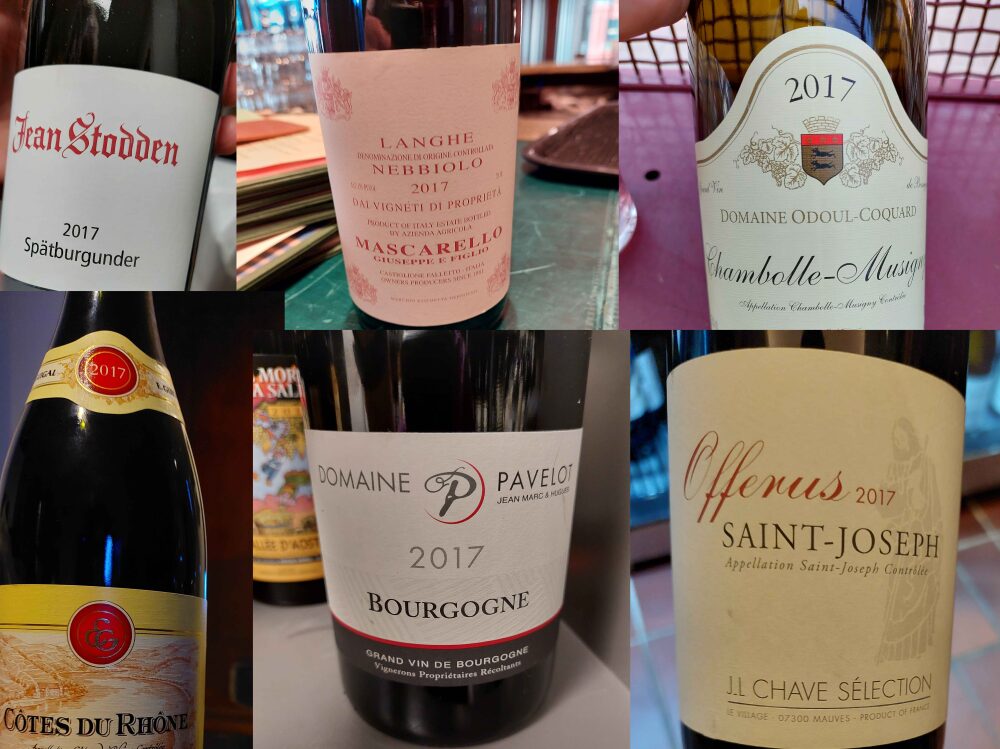
From my camera roll, here’s just a handful of 2017 wines that I drank and loved
No wine disaster is closer to home than the devastation of BC vineyards this year. After temperatures dropped well below -20c mid-January, many predicted complete loss of the 2024 harvest. As it stands, some vineyards are seeing growth despite the catastrophic damages, but as it stands, the plan is for BC winemakers to import whatever grapes they can get. But even if half of BC’s wines in 2024 are made from Oregon or Washington fruit, I’m gonna buy as much of it as I can manage, because I know a skilled winemaker will still manage to pull through and create something great.
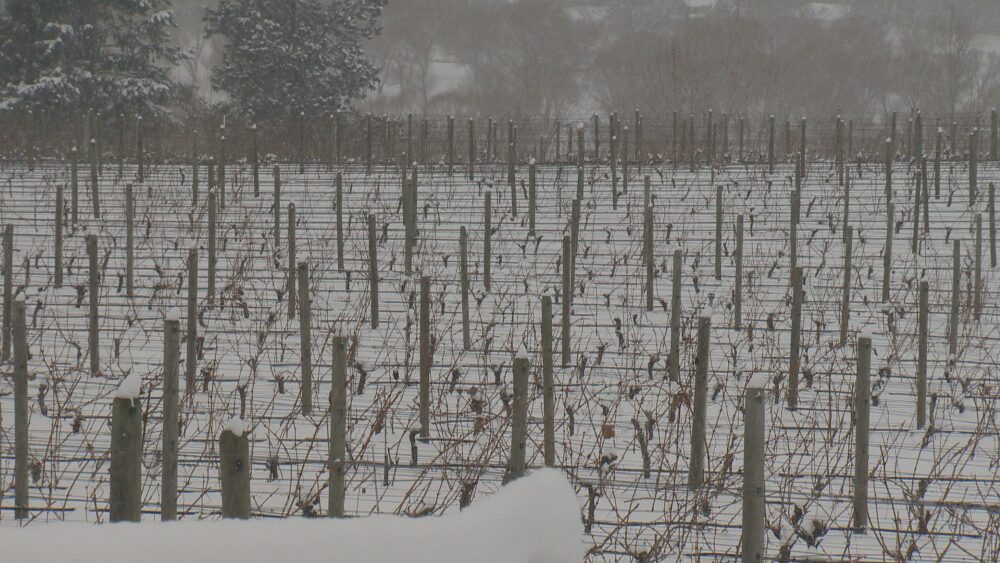
Frozen B.C vineyards in January 2024 (Image source Global News)
If you care about wine as deeply as I do, it’s worth it to support your favourite producers through bad vintages. Those, especially small and boutique are usually operating on razor-thin margins, literally vintage to vintage. Most of them are still trying to recoup their startup costs. To me, it’s like buying stock. I’m making an investment in the future of a region and winemaker I truly love.
I can’t think of a better example to express why I’d put such trust in winemakers, than a wine I tasted years ago from Division. After wildfires in 2020 caused massive smoke damage to vineyards all across the West Coast, “brutal” or “apocalyptic” are words you’ll hear winemakers use to describe the vintage. Some producers refused to release a vintage at all. But somehow, my favourite wine of 2022, a wine I STILL think about to this day, was the 2020 Division-Villages “Beton”. A blended wine that took grapes from both Washington and Oregon, tasted with no primer or prior knowledge of the smoke taint, was completely delicious. By shortening maceration times, reusing lees from previous vintages, and picking selectively, Division found a way. You can read my full account of that tasting here.

Heavy smoke over a Oregon vineyard. (Photo source Deborah Bloom)
We love to talk about winemakers being hands-off stewards of the land, who simply nudge the grapes into becoming wine, as if by suggestion. This sort of downplaying leads a lot more focus on the land, but in truth, winemaking is quite involved. It takes precise knowledge of your style and resources to make top quality wine, and we shouldn’t discount that for the sake of romanticism
All said, fruit quality still makes a big difference. We wouldn’t care about vintage in the first place if that wasn’t the case. The wines WILL show the struggles, no matter how good the winemaker is. But lately, I’ve started to see the other side of the coin. In some past articles, I’ve touched on the power of wine to convey information. If a wine shows the struggles of an environmental crisis, or of an economic collapse, so be it. Isn’t expressing a sense of time and place what terroir is about? Several American winemakers have even embraced smoke taint, with one Portland winemaker going as far as to label a Riesling “Rauchwein” inspired by Rauchbier, a smoked style of beer. I highly recommend picking up a pint of Schlenkerla at the LCBO, which drinks like a mug of bacon.
In fact, our own Christopher Wilton wrote an excellent piece about that very same discussion on the nature of smoke taint as terroir a few years ago; check that out here. Of course, wine should always taste good; I won’t drink truly faulted wine on account of my gung-ho environmentalism. It’s all about the balance, and again, that’s where the winemaker comes into play.
So finally, let’s loop back to that magnum of Cabernet Franc.
Yes, 2021 is a rough vintage for most of the Loire, no matter how you spin it, but what was really holding back my ability to enjoy that wine was my attitude. Look, this advice probably doesn’t sound good to most people, whose main objective is buy something that that tastes good and has value, and there’s nothing wrong with that. But if you want substance from your bottles, and not just pleasure, I implore you, go buy “bad vintages”. But as a caveat, do your research and learn who you really want to buy wine from. As for myself, I hereby vow to put my faith in producers and my palate, and vow to start making my own damn conclusions about what is or isn’t good.



